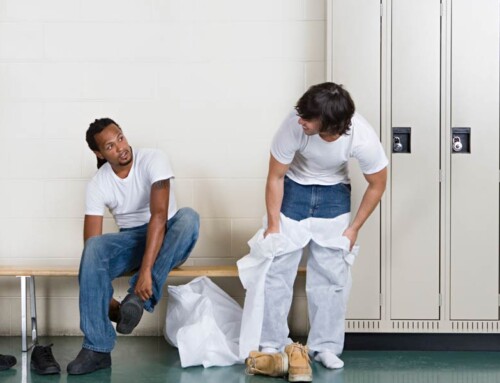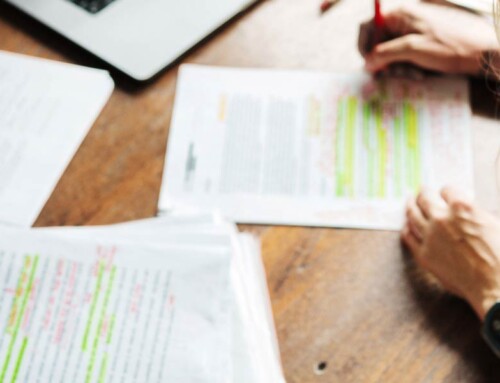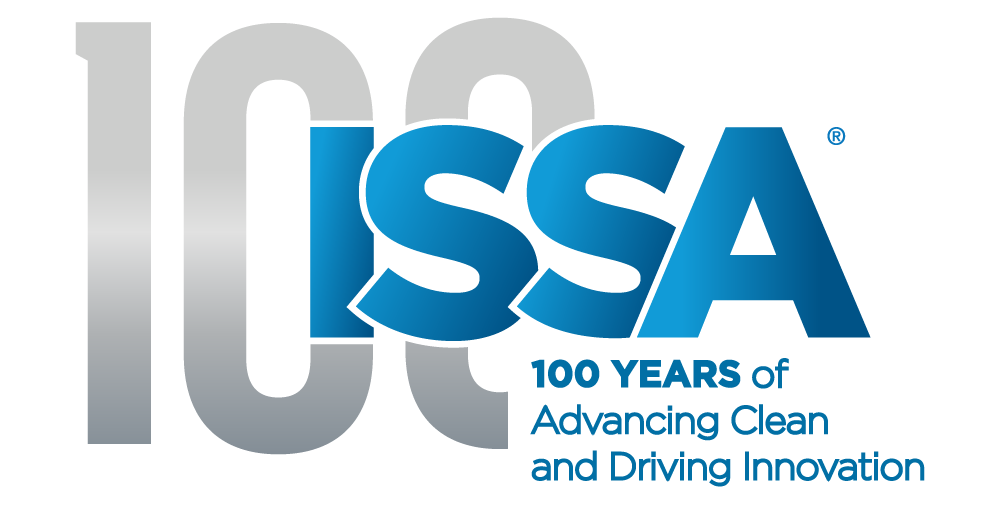Antimicrobial Technology Offers Durable Surface Protection for up to 90 Days
Maintaining good cleanliness and minimizing the growth of microbes on surfaces—from phones and touchscreens to tables and shelves—is paramount for any business or public space. Common approaches involve using traditional disinfectants that specifically target sanitization needs, which can then be complemented by surface treatments that provide extended surface protection against the growth of stain and odor causing bacteria. Brian Aylward, senior director of business development for AEGIS, discusses the extended benefits of an antimicrobial surface protectant offering durable antimicrobial inhibition for up to 90 days.
Need for thorough cleaning
The COVID-19 pandemic has unquestionably changed the world, and many tasks that we’d have never previously considered have become the new normal; grabbing a mask on the way out of the door and using hand sanitizer when visiting public places is no longer something for bacteriophobes, but simply common sense for everyone. The past year has also raised awareness of the importance of cleanliness, with businesses—many of which used to simply wipe down surfaces—learning how to properly clean their premises to reduce the presence of microbes as much as possible, supported by the development of new cleaning technologies and processes to address user concerns.
It is therefore not surprising that, in many places, proper cleaning routines and sanitation are not just a voluntary precaution but enforced by law; governments have set up strict guidelines for how a venue needs to be cleaned and failing to do so could end in closure. Fortunately, these efforts are being supported by the development of new cleaning technologies and processes to address user concerns.
In addition to normal cleaning practices that disinfect surfaces, it is also important that business use an antimicrobial surface protectant that reduces bacteria, odors, mold and mildew growth. These technologies can be simply sprayed or wiped onto surfaces to reduce the presence of damaging microbes on the surface as much as possible in-between cleanings. This is fortunate, since there is a plethora of places where surface damaging microbes might flourish in both offices and retail venues, from the desk itself to items such as keyboards and phones, as well as more communal objects such as light switches and furnishings. Microbes—like mold and mildew—that can make an office chair or curtains their home, producing stains and unpleasant smells which lead to untimely product degradation.
Step 1: Disinfection
Proper cleaning routines—using chemical solutions that are appropriate for the task —are crucial to effectively keep surfaces free from microbes, including viruses. Unfortunately, many business owners are under the impression that disinfectants are the only option that addresses unwanted microbial, mold and mildew growth. While this step is no doubt essential to address current global hygiene concerns, the use of appropriate registered disinfectants only kill microbes or viruses present on a surface at the time of cleaning. Most traditional disinfectants do not offer any ongoing surface protection against the growth of stain and odor causing bacteria.
Step 2: Antimicrobial protection
Even thorough cleaning, using the most advanced disinfectant to the letter of the manufacturers’ instructions, will not provide long-lasting surface protection against the growth of microbes. Traditional disinfectants significantly reduce the number of microbes, but only for a short time after the cleaning. The best way to suppress the growth of bacteria is to use an antimicrobial surface technology that can provide a long-lasting protection by remaining on the surface and inhibiting stain and odor causing bacterial growth 24/7. If these technologies are applied after a surface has been thoroughly cleaned and disinfected, they can adhere to the material and provide surface protection against the growth of stain and odor causing microbes that can last up to three months.
Complete system of care
AEGIS has developed a complete system of care that includes both a disinfectant and an antimicrobial surface protection technology that can protect treated surfaces from the growth of stain and odor causing microbes for up to 90 days. The protocol begins with wiping a surface using a specially formulated cleaner-disinfectant, which has been shown to remove 99.9% of the SARS-CoV-2 virus from hard surfaces. After this combined cleaning and disinfection step, an antimicrobial surface coating is applied to provide enduring antimicrobial surface protection for up to 90 days. This revolutionary, highly effective antimicrobial technology offers durable bacteriostatic and fungistatic surface protection against the growth of damaging microbes that can cause odors, staining and premature product deterioration.
Summary
In our world full of bacteria, mold, mildew, and viruses, it is important to have proper cleaning routines, and to know which products are suitable for a specific task. The key to true cleanliness is remembering that a surface needs to be cleaned by a disinfectant and backed up with the long-lasting surface protection provided by an antimicrobial technology. A complete system of care will make it easy to keep surfaces clean, giving end users added piece of mind.

















